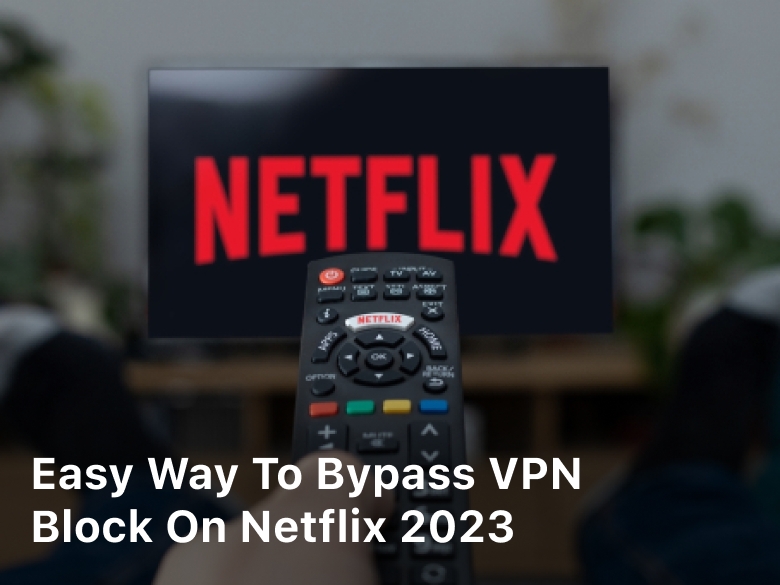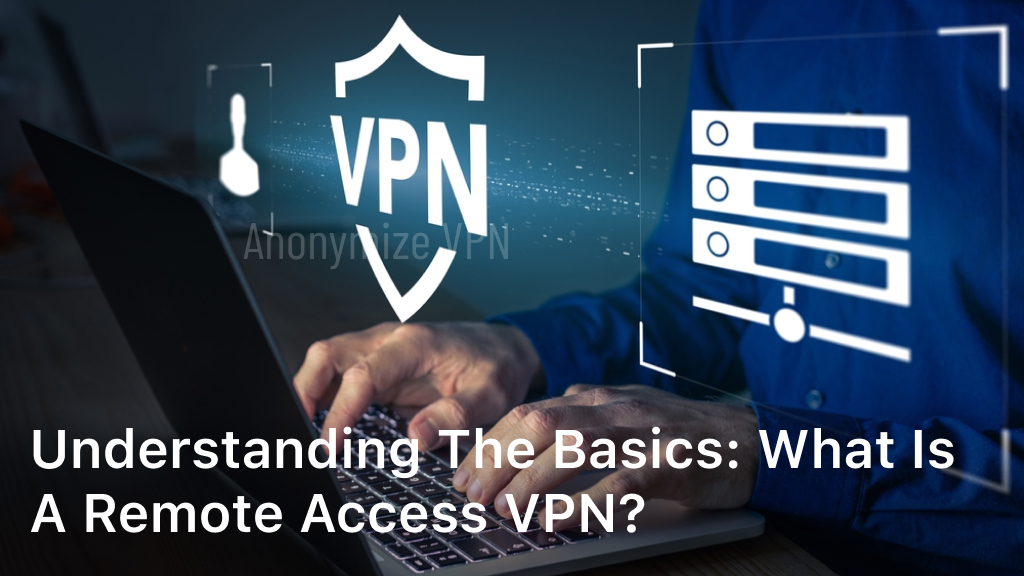
Don’t Ignore Google’s Critical Security Alerts: How to Protect Your Online Identity
So you just got an email from Google warning you about suspicious activity related to your account. Uh oh, that doesn’t sound good. While it’s probably nothing serious, you know you should still check it out right away. After all, in today’s digital world, online security is more important than ever. Your Google account contains a ton of sensitive data like emails, documents, photos – the list goes on and on. If someone got unauthorized access, who knows what kind of damage they could do or what information they could steal. As much as you’d rather ignore the email and hope the issue resolves itself, that would be a big mistake. It’s critical you take Google’s security alerts seriously and act fast to lock down your account. Your online identity and privacy depend on it. The good news is, securing your Google account is actually pretty straightforward if you know the right steps to take. So let’s get to it – it’s time to make sure your account is locked up tight. The internet can be a scary place, but with some vigilance, you’ve got this!
Enable Two-Factor Authentication on All Your Accounts
Enabling two-factor authentication (2FA) on all your important accounts is one of the best ways to protect your online identity. With 2FA, accessing your accounts requires not only your password but also a code sent to your phone via text, app or call. Even if hackers get your password, they can’t log in without that code.
You should enable 2FA on accounts like:
- Email. Your email is the key to resetting passwords and accessing other accounts. Enable 2FA to prevent hackers from breaking in.
- Social media. Services like Facebook, Twitter and Instagram contain a ton of personal information. Turn on 2FA to keep your profiles secure.
- Banking and financial. No one wants unauthorized access to their bank, credit card or other financial accounts. 2FA adds an extra layer of protection for your money and personal data.
- Cloud storage. If you use services like Dropbox, Google Drive or OneDrive, enable 2FA. These platforms may contain tax documents, family photos, work files and more.
- Shopping. For accounts on sites where you store payment info and shipping addresses like Amazon, enable 2FA. It helps prevent fraud and account takeover.
While 2FA does require an extra step to log in, it provides significant protection for your digital life. Take a few minutes to turn it on for your important accounts. Your personal information, money, files and identity will be safer as a result. Peace of mind is worth an extra text message or app notification! Enable 2FA and breathe easier knowing your accounts have the strongest defense.
Use Unique Passwords for Each Account
Using unique passwords for each of your online accounts is one of the best ways to protect yourself. Reusing the same password across sites is extremely risky since all it takes is one breach for cybercriminals to gain access to your entire digital life.
Instead, take the time to create distinct passwords for every account. It may seem tedious, but your online security is worth the effort. Here are some tips to make it easier:
•Use a password manager app like LastPass or Dashlane which can generate and remember complex unique passwords for you. All you have to do is remember one master password to unlock the app.
•Come up with a system to create varied passwords, like using a different number, symbol or capital letter in the same base password. For example, Tr0ub4dour&3, Tr0ub4dour&7, Tr0ub4dour!2. Make sure each password is at least 8-12 characters long, the more the better.
• Never reuse the same password for your email, banking, social media, and shopping accounts. These provide access to too much of your personal data and finances. Use extra strong passwords for them.
•Change your passwords every few months. This limits the window of opportunity for hackers and in case one account is compromised, it won’t impact your other accounts.
• Never share passwords across accounts or with others. Only you should have access to your passwords.
Following these best practices and making account security a habit will give you peace of mind that your online identity and data are protected. Staying vigilant is well worth the effort. Your security and privacy are in your hands!
Be Wary of Phishing Emails and Malicious Links
Be Cautious of Phishing Emails

Phishing emails are fraudulent messages designed to trick you into providing sensitive data or downloading malware. They’re a common tactic used by cybercriminals to steal people’s personal information and online identities.
You’ve probably received phishing emails before and didn’t even realize it. They often look very legitimate, using logos and language from reputable companies to appear authentic. The senders may claim there’s an issue with your account or password to prompt you into clicking a malicious link or downloading an infected file attachment.
- Never click links or download attachments from unsolicited emails. Legitimate companies don’t ask for sensitive data via email.
- Be wary of messages demanding urgent action or containing alarming language. This is meant to provoke panic and rash decisions.
- Carefully inspect the sender’s full email address and look for slight variations from official company email domains. Cybercriminals often use addresses that appear nearly identical.
- If something sounds too good to be true, like you’ve won a contest you never entered, it’s likely a scam. Delete the email immediately.
Staying vigilant and employing a healthy level of skepticism can help prevent becoming a victim of phishing and identity theft. Never provide personal information or click suspicious links, no matter how legitimate they appear. When in doubt, it’s best to delete the message altogether. Constantly monitoring accounts and credit reports for signs of fraud will also help safeguard your online identity from those seeking to steal it. Remaining cyber-secure requires ongoing effort and education, but learning how to spot and avoid phishing emails is an important first line of defense.
Review Account Activity Regularly
Regularly check your account activity
As the old saying goes, “An ounce of prevention is worth a pound of cure.” By checking on your Google account activity frequently, you can catch unauthorized access quickly and take action. Make it a habit to log into your Google Account at least once a week to review the following:
- Recent logins: Look for any logins from unknown devices or locations. If you see anything suspicious, change your password immediately.
- Device activity: Google shows you the devices that have recently accessed your account. Make sure you recognize all devices listed. Remove any that you do not use to access your account.
- App activity: Check which apps and services have connected to your Google account recently. Revoke access for any apps you do not recognize or no longer use.
- Payment info: Quickly scan any recent payments or subscriptions made through Google Pay to ensure all transactions are legitimate. Update or remove payment methods as needed.
- Location history: Glance through your location history to check for any activity at unknown or unexpected locations. Turn off location history or delete locations from your history if needed.
- Search history: Scan your recent searches to confirm all searches were made by you. Delete anything suspicious. You can also turn off search history and other activity controls if you prefer.
Regular account monitoring is one of the best ways to guard against identity theft or account takeover. While Google does an excellent job of using advanced security to protect your account, taking a few minutes each week to review your own account activity gives you an extra layer of protection. Staying vigilant and taking action quickly if you notice unauthorized account access can help minimize damage and ensure your online security.
Related Article : Protect Your Website! 5 Tips For Securing Websites
FAQ: How to Protect Your Online Identity
Use unique passwords for your accounts
Don’t reuse the same password across websites. Use a password manager app to generate random, complex passwords for each of your accounts. This way, if one site is breached, hackers won’t have access to all your accounts.
Enable two-factor authentication whenever possible
Two-factor authentication, or 2FA, adds an extra layer of security for your logins. It requires not only your password but also a code sent to your phone via text, app or phone call. Enable 2FA on accounts like email, banking, social media, and anywhere else it’s offered.
Be wary of phishing emails and malicious links
Phishing emails and malicious links are a common way for hackers to steal data or install malware. Never click links or download attachments from unsolicited messages. Even if a message looks legitimate, double check that it’s real by contacting the company directly.
Use a virtual private network when using public Wi-Fi
Public networks at places like coffee shops, hotels and airports are not secure. Your online activity and personal information can be seen by hackers. A VPN encrypts your data and hides your online identity and location. Use a reputable VPN service whenever connecting to an open network.
Monitor accounts and credit regularly
Check accounts and credit reports regularly for any unauthorized activity. Look for unknown charges, logins from new devices or locations, changes to account information and new accounts opened in your name. Monitoring accounts frequently is the best way to catch fraud early before major damage is done.
Staying vigilant about online security may require some additional effort but will help reduce your risk of identity theft and account compromise. Following these best practices and remaining cautious whenever sharing personal information or conducting financial transactions online can help keep your accounts and identity safe.
Conclusion
So take a few minutes today to make sure you’ve enabled two-factor authentication with Google and any other important online accounts. Check that your login alerts are turned on so you get notified anytime someone tries accessing your account. And be on alert for any unrecognized devices or apps connected to your accounts, if anything looks fishy, change your password right away. Your online security is worth the small effort. After all, your digital identity contains details about your life, relationships, and finances. Protect it like you would your physical wallet or keys. Staying vigilant about account security will give you peace of mind that your most sensitive data and accounts are locked up tight from prying eyes. Take control of your online security today your future self will thank you.





